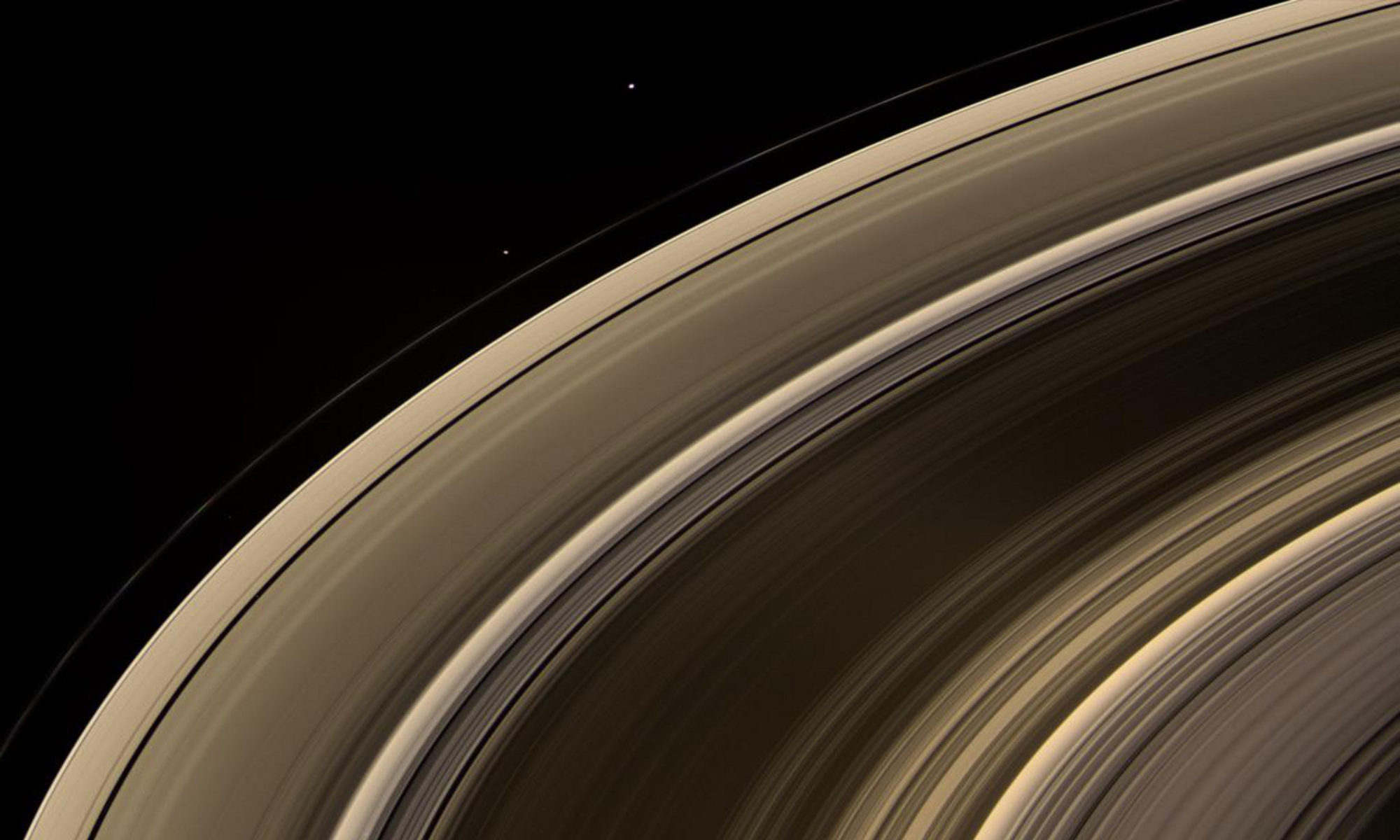Exoplanetary research is booming these days. It is a truly exciting field that is generating even more exciting results. Several ground based and space based observatories around the world are actively engaged in the pursuit of earth like planets orbiting their respective stars at just the right distance to allow for the possibility of liquid water, know as the habitable zone.
The Kepler space telescope, which has been an extremely successful mission despite its recent troubles, may yet have a new lease on life. Kepler’s team of engineers is preparing a series of tests in preparation for what may end up being a heroic effort to recover the troubled spacecraft later this month with the hopes of returning Kepler to its mission. The spacecraft has been in Point Rest State (PRS), or safe-mode, since mid March of this year, in order to conserve onboard resources and to keep the spacecraft safe while preparations for the recovery were made. I believe it likely Kepler will yet produce more exciting data.
Most recently, another team with the European Southern Observatory (ESO) has revaluated the planetary system Gliese 667C, with both existing observations and new data from their HARPS instrument, and found that this red dwarf star has potentially seven planets, more than previously thought. But the most exciting finding was that three of these planets are orbiting in the habitable zone of this star. This is tremendously exciting given the fact that these are also thought to be “super-Earths”, or planets slightly larger than Earth. Gliese 667C is also a member of a triple star system, making this a particularly interesting system.
Imagine for a moment if there were a civilization on one of those worlds, perhaps looking on to the other two habitable worlds wondering if they host life. Imagine the history, the mythology and stories formed by such a civilization. A triple star system, with three habitable worlds around a single star, would be an amazing place to sleep out under the stars as a child. Perhaps one day, people from Earth will stand on that world and know what that sky looks like.


Fascinating! Go Kepler!